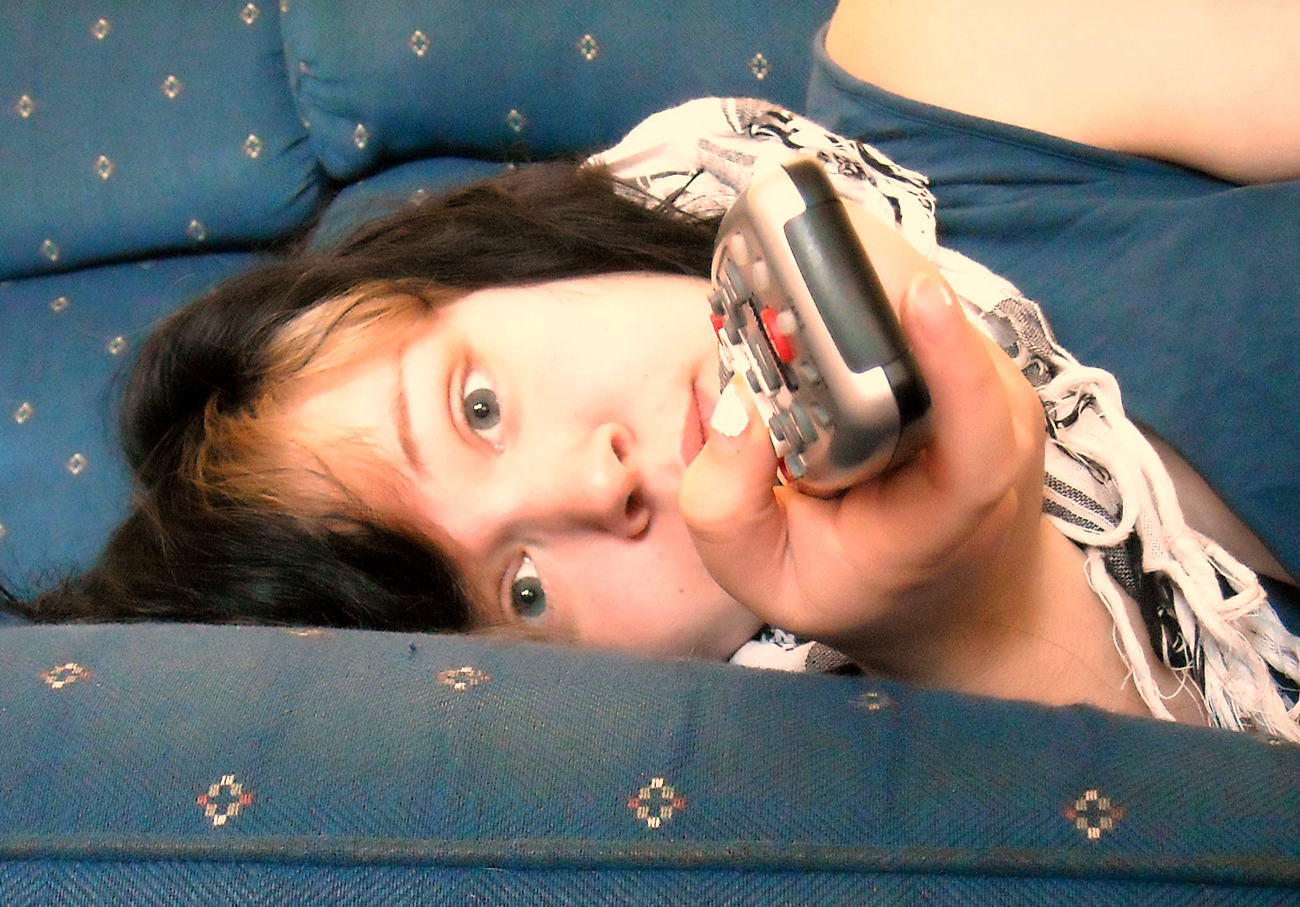- Facebook has released new research on video ads, including TV ads and other platforms, and how advertisers can adapt their messages to different media.
- The research shows that different video consumption experiences, whether its TV, social media stories or pre-roll ads that you can’t skip – warrant different ad approaches.
- That reality means that advertisers need to measure different ad formats differently, Facebook says.
The lines between mobile and TV are increasingly blurring, with people often juggling the two at the same time. To help advertisers cope, Facebook has released new research on how people respond to video ads in different video environments, ranging from TV to news feeds to social media stories.
The tech giant has put together five different graphs designed to illustrate how long people watch ads for in different formats before they tune out – whether that entails skipping an ad, scrolling ahead, closing whatever app they are using or simply looking at their phones instead of their screens while watching TV.
The formats include TV ads, video ads in feeds, skippable and non-skippable video ads and ads in Stories formats like on Instagram and Snapchat. The x-axis represents the watch time and the y-axis represents the percentage of video sessions.

According to Facebook no two formats are equal in terms of effectiveness. Getting millennials to watch 10 seconds of an ad on Stories, for example, is harder than getting an older audience to watch a 10-second ad in a non-skippable environment.
"These days people talk a lot about the second screen, but it's not clear anymore which screen we're talking about," said Mark Rabkin, Facebook's vice president of core ads. "If you saw how your family watched over the holidays, for a lot of people TV ads might as well be radio."
Here are some of the key takeaways:
- People's attention wanes the fastest in feeds like on Facebook or Twitter, since an ad is merely one piece of content among many - so the bar for capturing attention is high.
- But feeds are likely to help forge deeper connections if an ad quickly communicates a message or grabs people's attention, says Facebook, offering massive scale and reach. Of course, it is in Facebook's interest to showcase research that proves ads in news feeds work, even if people have the tendency to blaze through posts in these environments.
People are ok with pre-roll and mid-roll ads - to a point
- According to Facebook, most people are comfortable with pre-roll and mid-roll video ads they can't skip, as long as the videos aren't too long.
- A majority of people watch such ads until completion; more than 70% do so for Facebook's own midroll ads.
- Facebook says that advertisers can take advantage of these high completion rates by getting to the point quickly: 6-seconds and 15-seconds are emerging as standards for video ads, says the company's research.
As for unskippable ads, people have become accustomed on tapping on the skip-button as soon as it pops us and zapping through the creative. So, advertisers should consider the first five seconds, what Facebook calls the "pre-skip portion" as an independent high-reach ad placement, and focus on the rest to provide more information to people who have demonstrated their interest.
Facebook, for its part, is urging advertisers to rethink mobile advertising, by pushing out shorter, more attention-grabbing ads in a variety of different creative formats.
You can read the full blog post here.

